With wood fires burning longer hours now as we get into the colder months and wood being chopped and stored for the winter, I wonder how many players know what their instrument is made of! Well yes, wood, wood and more wood!!!
The beautiful flamed wood of the ribs, the back and the scroll are all cut from the same tree, and from the same block. This is so that the back, sides and head/neck of the instrument all match. (That is if the instrument is in its original form.)
The wood chosen is more often than not maple with a beautiful flame running through it, and occasionally ‘birds eye’ maple too which is very decorative.
Sometimes sycamore or even planer woods are used, and old English instruments were made from fruit woods that were found locally.
The more figured the wood the harder it is to carve.
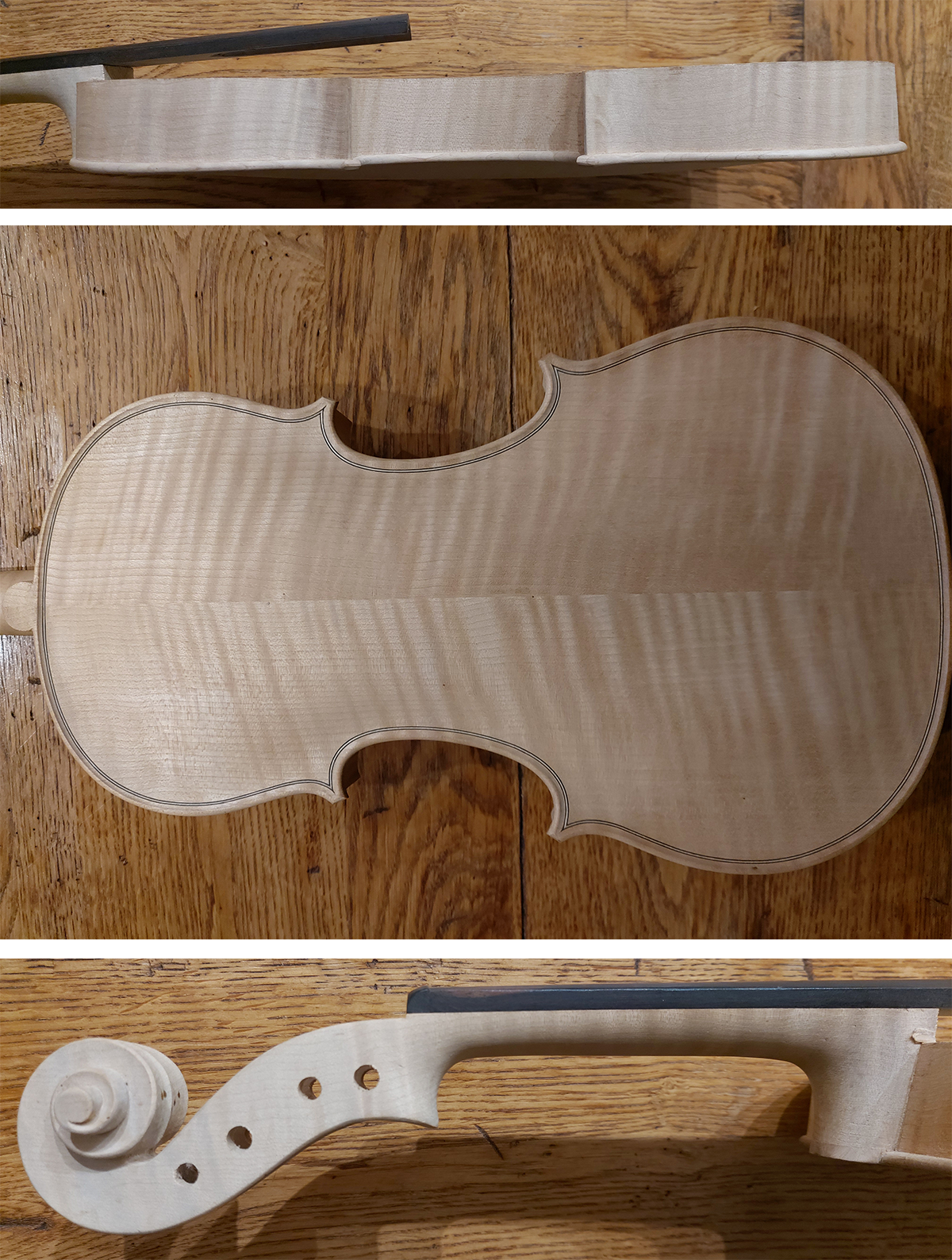
Top: Ribs. Middle: Back. Bottom: Head and Neck
The front, which is the soundboard so has to resonate well, is cut from spruce. All violins, violas and cellos have their front made out of wood that in no way resembles the wood used for the rest of the instrument. The front has a very specific job to do and the wood has to have extremely good resonating properties.
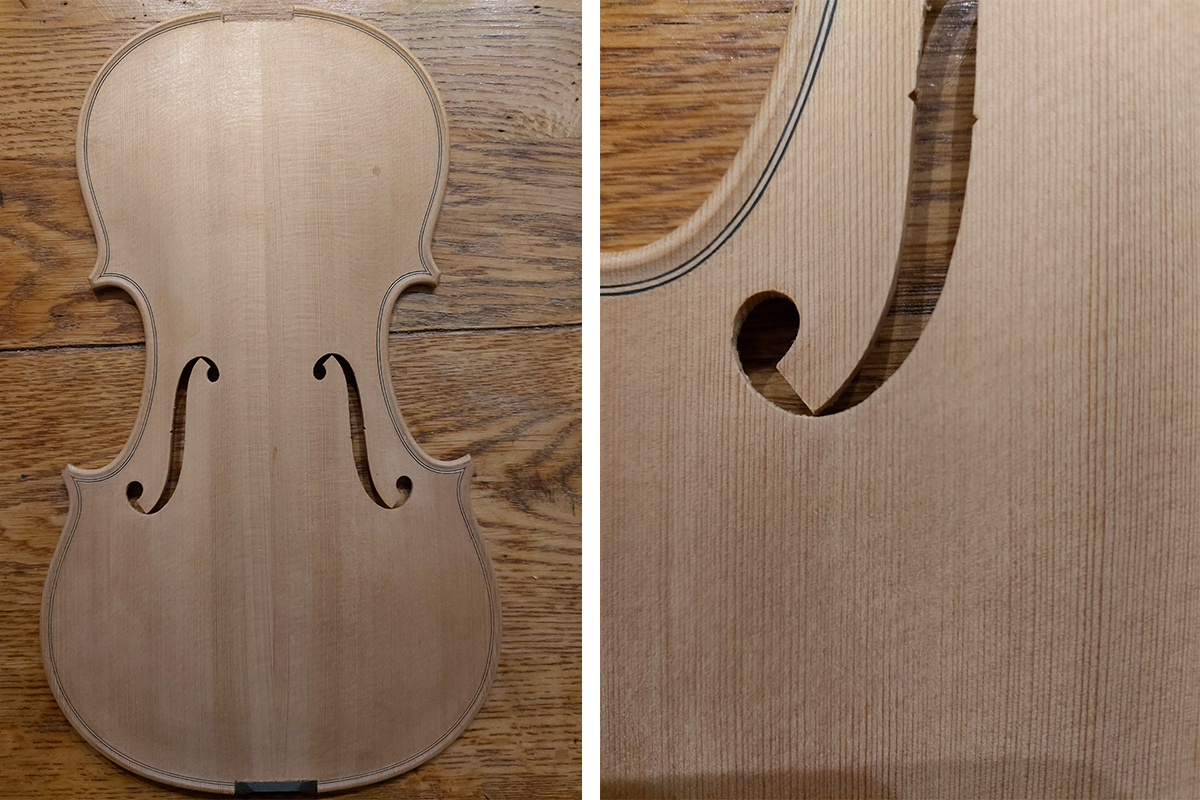
Left: front Right: front close up
Purling is the band of wood, in three parts, that is morticed into a little channel cut around the edge of the front and back of the instrument.
It stops cracks from running. It is made of a thin veneer of maple sandwiched between two thin ebony veneers.
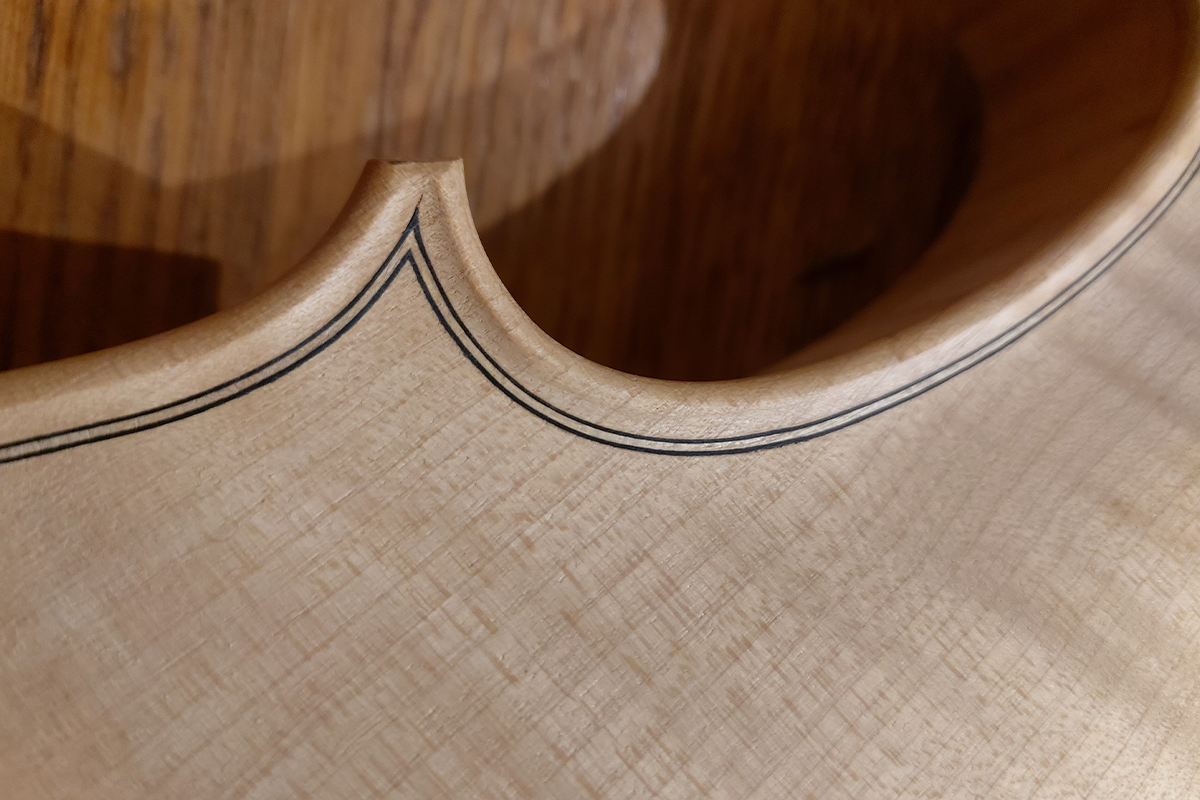
Purfling
How simple is that? Ok there is a bit of wood inside, the blocks and linings which offer a little strength, often also in spruce to keep the weight to a minimum.
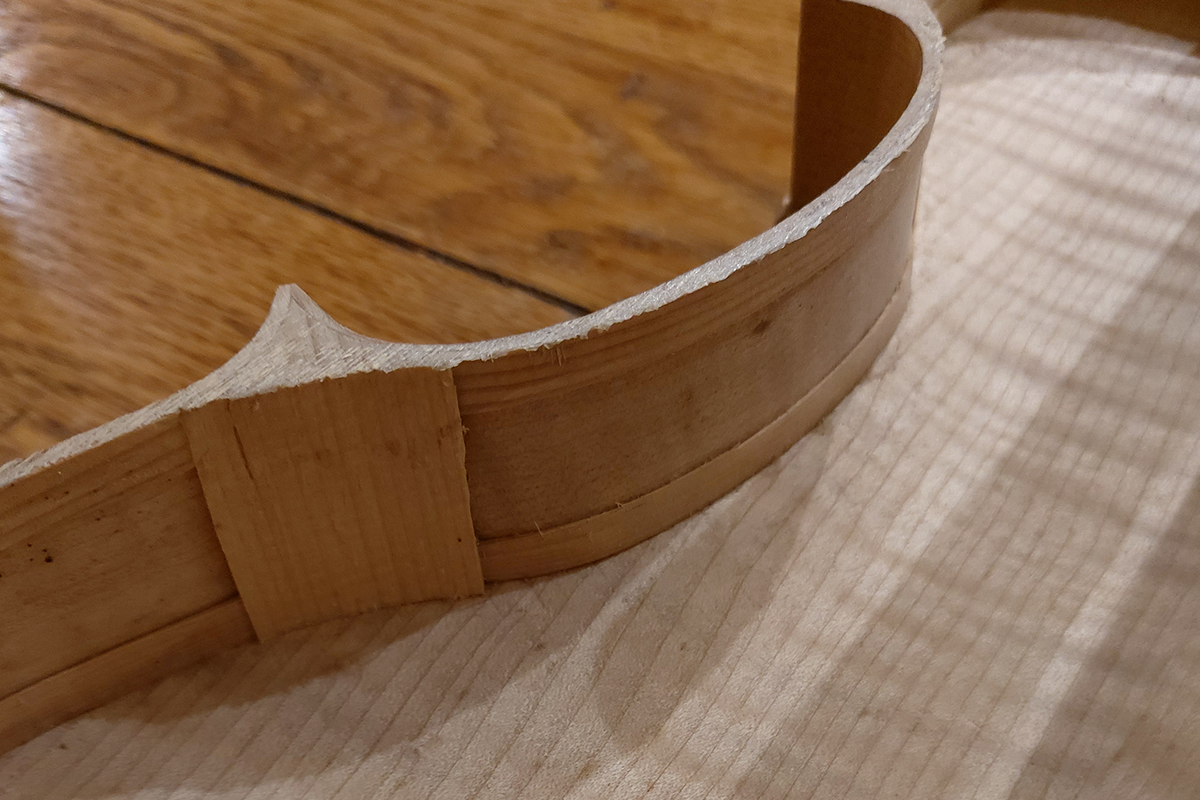
Blocks and Linings
The other woods used are add-ons to the main body.
Fingerboards are currently made from ebony. Originally, they would have had a veneer of hardwood laying on a softer wood rather than the solid chunk of ebony we see today. Many trials are being carried out by the industry to find a really good substitute; some products even manmade. Top nut and saddle are also usually ebony.
Pegs can be ebony, rosewood or boxwood and again early makers would often make then out of fruit woods. Hardwoods do a really good job of not wearing too much so the pegs stay nice and round and maintain friction in the peg hole.
Tailpieces and chinrests are traditionally made out of wood but now come in a variety of manmade materials.
Wood is the most extraordinary raw material. String instrument makers have dabbled with other materials to compare and produce a resonating violin, viola and cello, but it just doesn’t work!!
Concert Season is Upon Us
Ok, I think the majority of you are gearing up for a concert or two and there will be a real buzz at rehearsals as excitement mounts for the festive season. Anything and everything from an intimate soiree to the splendour of one of the greatest concert halls in the country. I wish you all the very best in your playing and performances!
I’m really looking forward to attending Sage Gateshead to see/hear the world renowned Halle play on Friday 2nd December. The programme looks really inviting. Click here for ticket info.
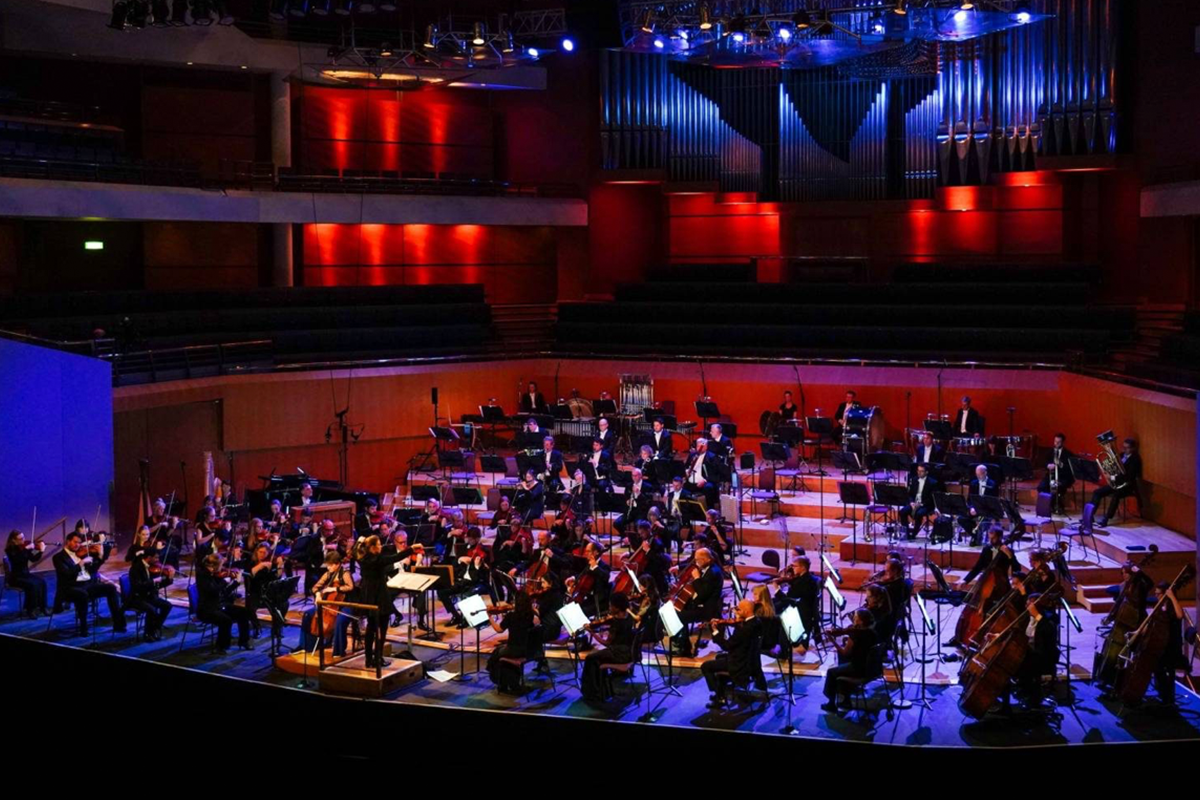
The Hallé at the Sage
Also the Tyneside Chamber Orchestra, a local Newcastle Orchestra, are playing at Jesmond United Reformed Church, NE2 3AE on Sat 3rd Dec at 7.30pm. More details are here.
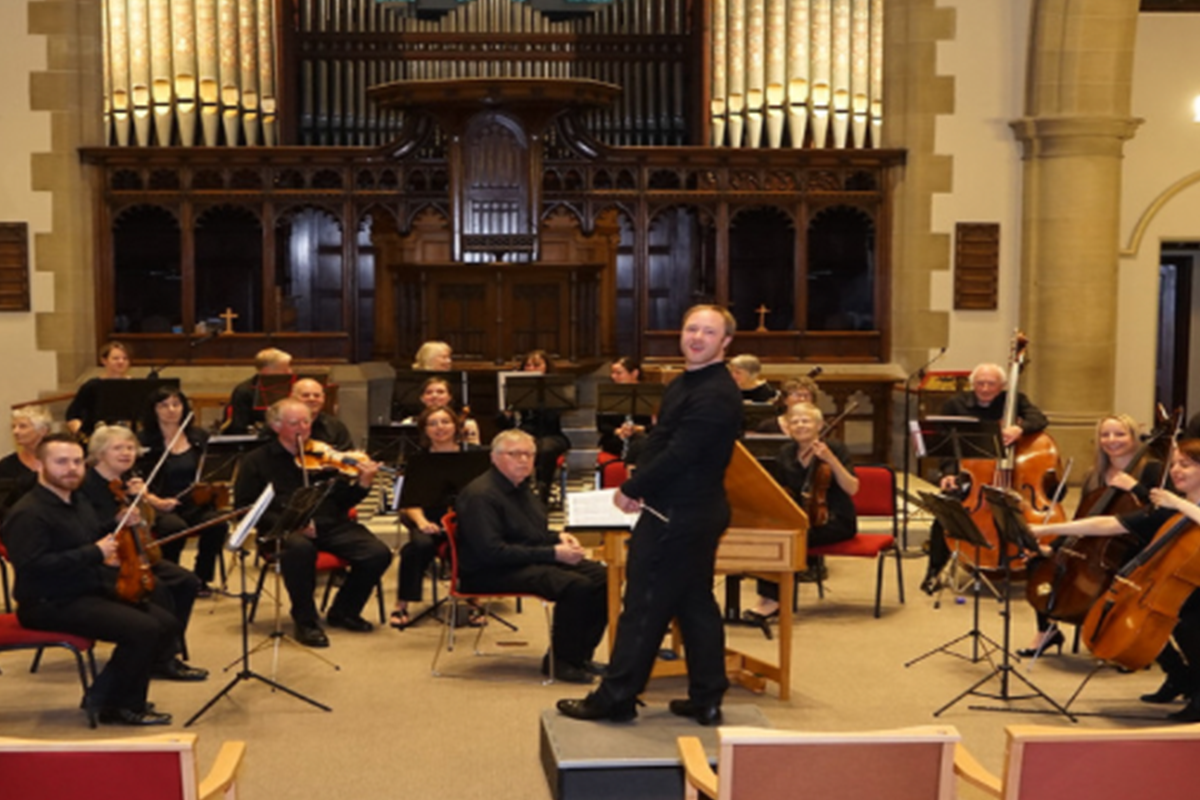
The Tyneside Chamber Orchestra at Jesmond
Christmas Stocking Filler
Set of strings, a cake of rosin, or a mute! Stocking fillers are here in abundance!! So, give me a ring and we can have a chat about what would suit the player in your family, and I’ll pop items in the post for you. A small musical gesture can go a long way.

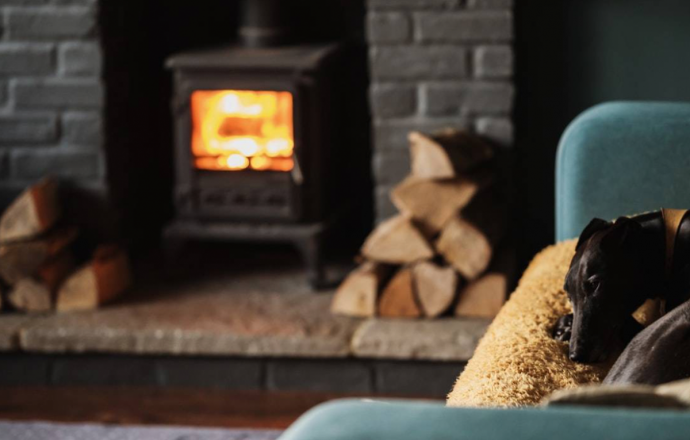
Leave a comment